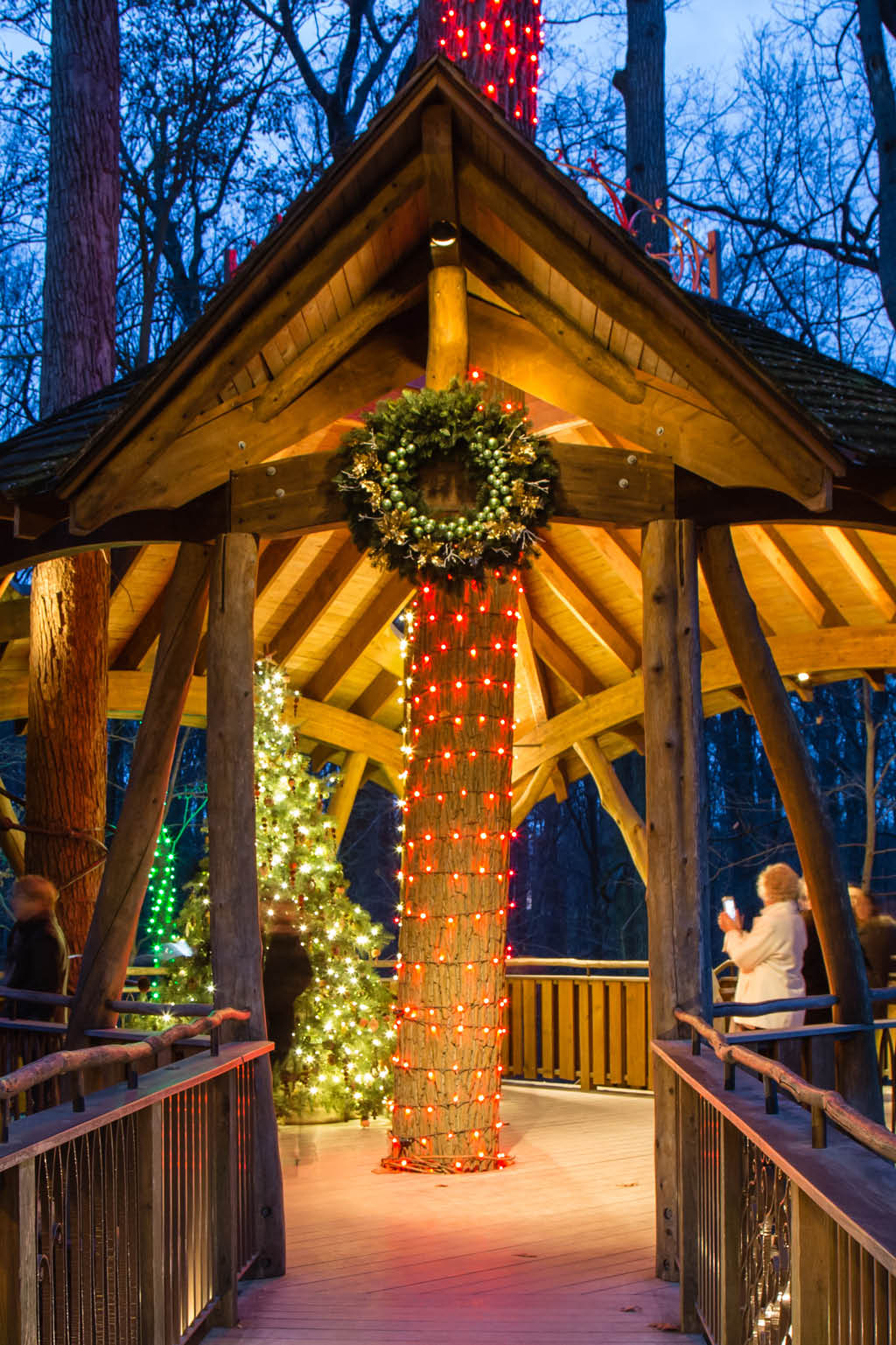Longwood’s Legacy
The well-known architect Frank Lloyd Wright, who knew a thing or two about nature, once said, “Study nature, love nature, stay close to nature. It will never fail you.”
Wright had a kindred spirit in a seemingly unlikely ally: Pierre S. du Pont, one of the top industrialists in American history. Du Pont graduated with a chemistry degree from MIT, became a chemist, and then became a wildly successful businessman, running both the DuPont Company and General Motors.
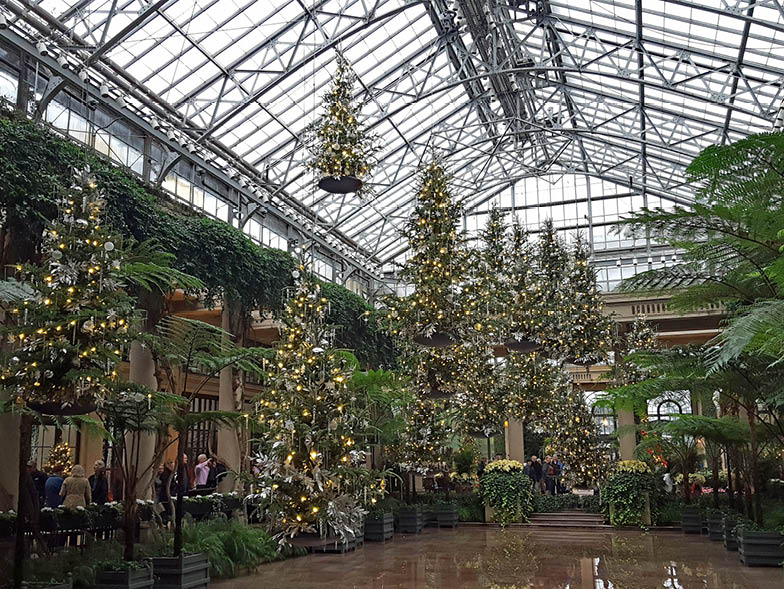
Du Pont was also passionate about horticulture. So when he got wind that Peirce’s Park, a well-known arboretum in his hometown of Kennett Square, Pennsylvania, was being sold for lumber, he stepped in to purchase the 202 acres to save the trees—and began creating a new legacy called Longwood Gardens.
“Mr. du Pont was a man ahead of his time,” says Patricia Evans, communications director for Longwood Gardens. “He went to all the world’s fairs to see all the newest technology and always brought those ideas back to Longwood. Because he viewed the gardens not only as a place of beauty but also as a place to entertain his friends and wow his guests, he was innovative everywhere in the gardens.”
Du Pont dedicated decades to creating and improving Longwood, designing many of the garden displays himself. In 1907, his first display, the Flower Garden Walk, was completed, followed in 1914 by the gardens’ Open Air Theatre. In 1921, du Pont finished perhaps his greatest masterpiece, Longwood’s Conservatory—a four-acre perpetual indoor flower garden, the likes of which had never been seen in America. Another notable cutting-edge project was the Main Fountain Garden, on which he began construction in 1928. Once this project was completed in the 1930s, it instantly became a hit, as it featured fountains that sprayed 10,000 gallons of illuminated water per minute over one hundred feet in the air.
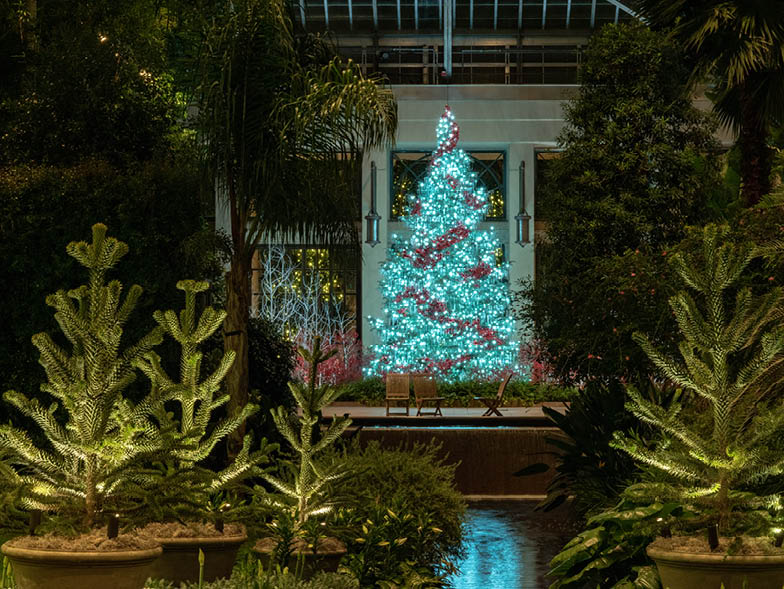
Cultivating Growth
Pierre du Pont was also a philanthropist, so he put plans in place for Longwood Gardens to continue being an internationally recognized horticultural epicenter after his time, and that’s exactly what it’s become. Since du Pont’s death in 1954, Longwood Gardens has continued to grow and evolve, with its founder’s vision—utmost distinction paired with innovation and imagination—always top of mind. “People, both in the public and within the garden industry, are impressed by the level of detail and the level of excellence here. You’d be hard-pressed to find a weed at Longwood,” Evans states. “I think, horticulturally, we’re outstanding on all fronts, which is what Mr. du Pont would have wanted.”
Perhaps rare for a center of horticulture, performing arts have always been a mainstay at Longwood Gardens, with hundreds of concerts taking place on the grounds each year. Du Pont’s original Music Room, built in 1923, is now an exhibit area, but the Ballroom’s original, spectacular 10,010-pipe organ continues to entertain guests. Among the new exhibits created through the years have been a visitor center, a restaurant, and a trio of life-sized treehouses. Longwood’s bucolic Meadow Garden also doubled in size in 2014, so eighty-six acres of pristine rolling countryside now provide guests a wide-open expanse to enjoy. In total, the property is almost 1,100 acres, with approximately four hundred being open to the public.
Longwood’s biggest project to date has been renovating du Pont’s beloved Main Fountain Garden. The two-and-a-half-year, $90 million revitalization, completed in 2017, included replacing all the original pumps, adding new fountains and lighting, and creating a new landscape design. In all, Evans says, “We tried to maintain the beauty of the gardens and the feeling that, when you come to Longwood, you’re really experiencing a world apart and coming to a place that is definitely different from your day-to-day experience.”

Once closed to the public, Longwood Gardens now delights about 1.5 million guests per year. And Longwood has something for everyone, depending on when you visit. The Orchid Extravaganza, which features thousands of blooms both inside and outside, runs from January to March. The spring welcomes people outdoors to the gardens’ millions of blooming flowers, including a quarter-million tulips. The summer season features Longwood’s fountains on full, colorful display, as well as fireworks and outdoor concerts. In the fall, guests can enjoy the annual Chrysanthemum Festival—the largest chrysanthemum show in the country, which features a one-of-a-kind thousand-bloom flower.
But the busiest time of year at Longwood Gardens is during the holiday season.
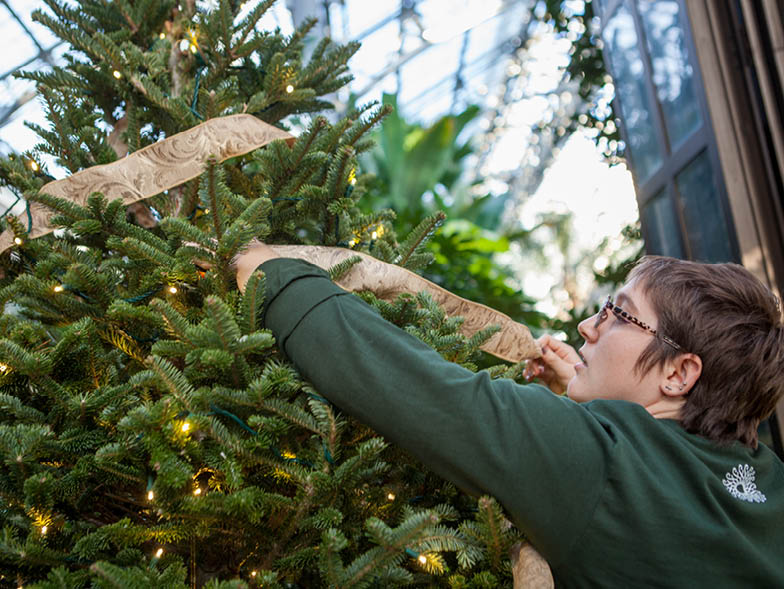
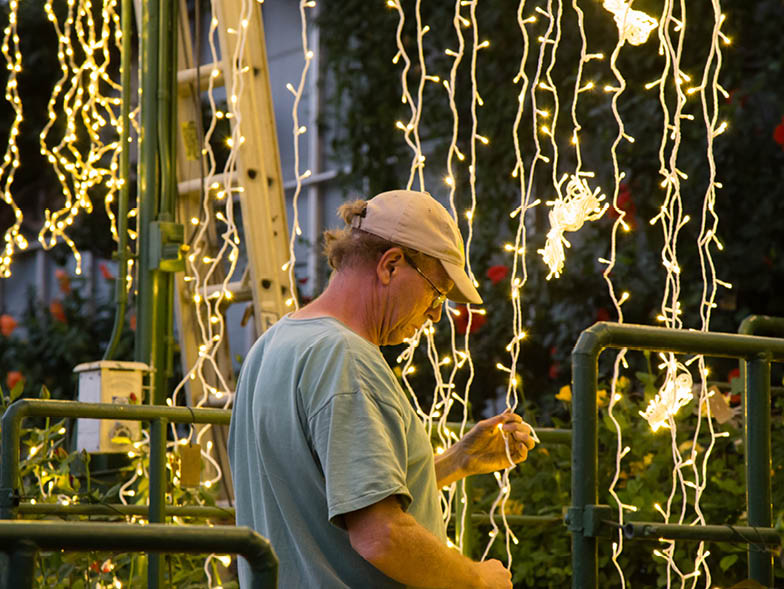
Holidays at Longwood
In 2018, a record 468,333 people visited during Longwood Gardens’ six-week holiday extravaganza, A Longwood Christmas. This annual event is so popular, in fact, that purchasing timed tickets is required because it sells out so quickly.
True to its ever-changing nature, Longwood features a different theme every year during the holidays. In 2018, it was the Tree Reimagined, so visitors witnessed a tree made of glass, a tree made of birdhouses, trees made of books, and even a spectacular floating forest of decorated trees in the Conservatory. The 2019 event, scheduled to run from November 22, 2019, through January 5, 2020, will celebrate the shapes of Christmas.
Implementing a theme, along with an accompanying new color scheme, takes a great deal of effort and planning, according to Evans. “We start working on it in January,” she says. “It really is an entire staff activity. We have around one hundred people between facilities and horticulture that work on projects for Christmas, and they work on them all year round. So, for example, we know that if we want to get certain kinds of lights, we need to figure that out by March in order to get them in on time and put them up. Once we know the theme, we make sure the color palettes are matching and that the theme is woven throughout the gardens, both indoors and out.”
To that end, Evans says that guest feedback is critical to determine what returns each year. However, even the returning displays get new twists. For example, Evans says the outdoor orbs display, a color-changing, glowing-sphere spectacle that debuted last year, will return again in 2019 with even more glowing orbs. In addition, Longwood’s tried-and-true holiday staples, such as the Music Room, will have different trees with new ornaments, decorations, and colors. The Open Air Theatre, which features popular illuminated fountain shows for the holidays—choreographed to a Christmas song medley—will also be tweaked. As Evans succinctly puts it, “It’s very much a new experience every year.”

Because A Longwood Christmas is both traditional and fresh, people keep returning year after year, with the event becoming part of their holiday tradition.
They’ll take their picture at the same spot each year (in front of the big tree at the Conservatory is a popular one), while enjoying the many new elements to be discovered. “Of course, people always love the half-million twinkling lights in the outdoor gardens,” Evans adds. “In recent years, though, firepits and hot chocolate stands were added throughout the grounds for an even more engaging outdoor experience. Inside, you’re just gobsmacked by the beauty and attention to detail in the Conservatory, and the melodic, nostalgic sounds of a choir or carolers singing
is something to really soak in. All the senses are engaged when you come to Longwood at Christmas.”
Longwood Gardens is a happy gathering place to celebrate friends, family,
and nature, and an experience to be treasured and talked about—exactly as Pierre S. du Pont had envisioned back in the early 1900s and perhaps on an even grander scale. “Guests tell us about how they welcome the opportunity
to reconnect with loved ones here as much as they bask in the wonder of the experience,” Evans shares. “People see us as a place of respite and beauty that they can’t get anyplace else—and that’s especially true at Christmas. We’re so thrilled that people want to spend part of their holiday with us.”
For more info, visit longwoodgardens.org
